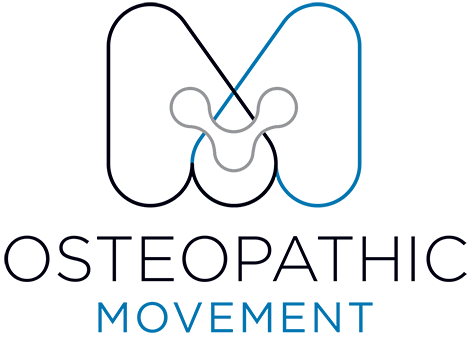Acute Injury Management: From rice to recovery
From RICE to Recovery: Why PEACE & LOVE Is the New Standard for Soft Tissue Injuries
For decades, the go-to advice for sprains and strains was to Rest, Ice, Compress, and Elevate — better known as RICE. But research has evolved, and so has our understanding of how the body heals.
If you’ve ever rolled your ankle on the field and been ushered to the sidelines for ice and bandages, you’ve experienced the traditional RICE method in action. While it aimed to limit swelling and reduce pain, we now know that this approach can actually slow recovery by overemphasising rest and underutilising gentle movement and education.
Today, practitioners use a new evidence-based framework called PEACE & LOVE, which better reflects the multiple stages of healing — from protection to progressive loading.
What Is PEACE & LOVE?
This updated acronym guides both acute (first few days) and sub-acute to chronic (recovery) stages of soft tissue injury management.
PEACE — the first 1–3 days post-injury
Protect – Temporarily reduce movement and loading on the injured area. For example, with an ankle sprain, light taping or short-term use of crutches can prevent aggravation.
Elevate – Keep the limb raised above heart height whenever possible to help reduce swelling.
Avoid anti-inflammatories – Pain relief can be beneficial, but excessive use of anti-inflammatories may impede natural healing. Use only if necessary and under guidance.
Compress – Apply a gentle compression sleeve or bandage to limit swelling and provide light support.
Educate – Early education from a qualified osteopath or therapist can empower you with realistic expectations, injury timelines, and strategies for safe recovery.
Once the acute inflammation settles, it’s time to show your body some LOVE.
LOVE — after the initial 72 hours
Load – Gradually reintroduce pain-free movement and weight-bearing to promote tissue repair and restore strength.
Optimism – A positive mindset can influence recovery outcomes. Trust that your body is resilient and capable of healing.
Vascularisation – Maintain cardiovascular health with low-impact exercise such as cycling, swimming, or aqua jogging to encourage blood flow and nutrient delivery.
Exercise – Begin a structured rehabilitation program to restore mobility, strength, and proprioception (joint awareness). Your osteopath can prescribe an individualised program suited to your stage of recovery.
Why PEACE & LOVE Works Better Than RICE
Unlike RICE, which focused primarily on passive management, PEACE & LOVE promotes active recovery.
It encourages safe, early movement.
It acknowledges the importance of mental wellbeing.
It builds strength and resilience to prevent re-injury.
This modern approach supports faster, more complete recovery for ankle sprains, muscle strains, and ligament injuries, while reducing the likelihood of chronic instability or weakness.
For more detailed insight into ankle rehabilitation, see our related article on Knee Pain and the Hip-Knee Continuum and our Ankle Injury Recovery Series.
The Takeaway
If you’ve recently injured yourself, don’t just rest and wait. The PEACE & LOVE approach ensures you protect your injury early and then progressively restore movement, strength, and confidence.
When in doubt, seek professional guidance early — especially for injuries involving significant swelling, bruising, or loss of function.
Book Your Appointment
Our experienced osteopaths at Osteopathic Movement can assess your injury, create a tailored rehabilitation plan, and guide you safely through each stage of recovery.
• Meet our South Yarra osteopaths
• Osteopathic Movement Clinic & Gym
• Book your appointment online
Written By Dr. Serena Kuo (B.AppSci(CompMed), M.H.S (Osteopathy)) - Associate Osteopath, Osteopathic Movement, South Yarra.
